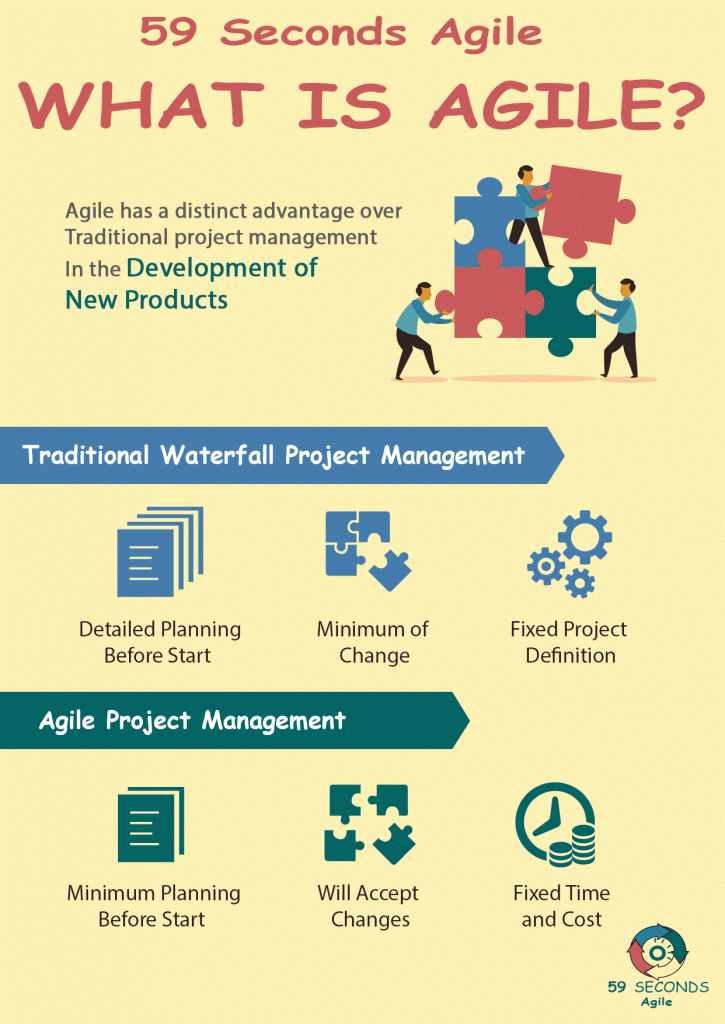This article looks to discuss ‘User Story Requirements’. It provides a discussion on ‘When is a user story ready for development?’ and covers the INVEST Criteria for User Stories.
An Introduction into Agile User Stories
A 59 Seconds Agile Training Video
Continue to Part 5 Below
User Story Requirements: When is a user story ready for development?
A 59 Seconds Agile Article
This article provides an ‘Introduction to Agile’ and looks to discuss what Agile is. It provides a brief introduction into the history of Agile and why Agile is important.
When is a user story ready for development?
The Scrum Team should have its Definition of Ready known by everyone. This helps them decide on what to do with the user story, whether they want to add more details to it or finally commit it for development. An acronym to guide the team would be Bill Wakes’ INVEST criteria, which stands for:
I is for Independent which means that the user story is separate from others. The functionality can be developed in any sequence.
N is for Negotiable. The user story can still be further discussed and negotiated. Keep them flexible so the team can adjust the implementation details of the user story.
V is for Valuable. The user story benefits must be evident. Users or customers must get some value from the story.
E is for Estimable. The user story size can be approximated or the team must be able to use them for planning.
S is for Small. The user story is small enough for a Sprint. By the time we get to sprint planning, the story should be able to be designed, coded, and tested within the sprint.
T is for Testable. The testability and acceptance criteria of the user story are known. Document acceptance criteria, or the definition of done for the story, which leads to test cases. It is important for each user story to have acceptance criteria, as this will serve as a basis for what the development team needs to complete. Sample acceptance criteria for the user story above could look like:
One, the page layout should meet the mock-up
Two, the login should not accept incorrect credentials
Three, the home page must be displayed completely after login
Continue Reading —> Next
The History of Agile
A 59 Seconds Agile Video Animation
Continue Reading —> Next
User Stories Applied
A 59 Seconds Agile Book Review
User Stories Applied by Mike Cohn is one of our favourite books on Agile User Stories. The book starts with an overview into user stories, and details what a user story is and the different aspects of them. He then discusses how to go about writing a user story, and provides details of the INVEST criteria that can be used to determine if the story is meeting all of its objectives. Next Mike gives an in depth discussion of who user stories are written for and where to begin when gathering the details for them. The book then discusses acceptance testing user stories, including how to go about specifying these criteria and the responsibilities of the development team and customers during this process.
Continue Reading —> Next
What is Agile?
A 59 Seconds Agile Infographic

Continue Reading —> Next
Agile Scrum Master Training Course
Our Favourite Agile Books
We found these books great for finding out more information on Agile Scrum:
Continue Reading —> Next


